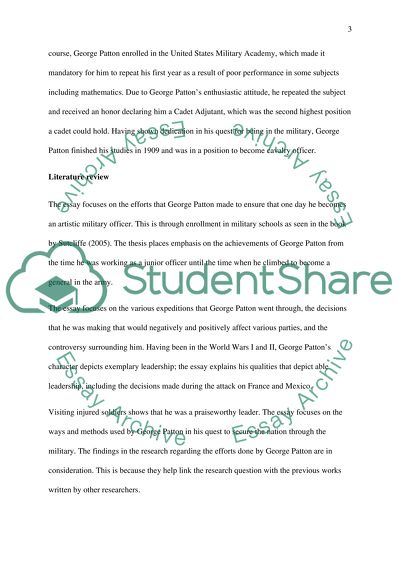Cite this document
(“In-depth analysis of the great military leader George S. Patton from a Research Paper”, n.d.)
Retrieved from https://studentshare.org/military/1401269-in-depth-analysis-of-the-great-military-leader
Retrieved from https://studentshare.org/military/1401269-in-depth-analysis-of-the-great-military-leader
(In-Depth Analysis of the Great Military Leader George S. Patton from a Research Paper)
https://studentshare.org/military/1401269-in-depth-analysis-of-the-great-military-leader.
https://studentshare.org/military/1401269-in-depth-analysis-of-the-great-military-leader.
“In-Depth Analysis of the Great Military Leader George S. Patton from a Research Paper”, n.d. https://studentshare.org/military/1401269-in-depth-analysis-of-the-great-military-leader.


